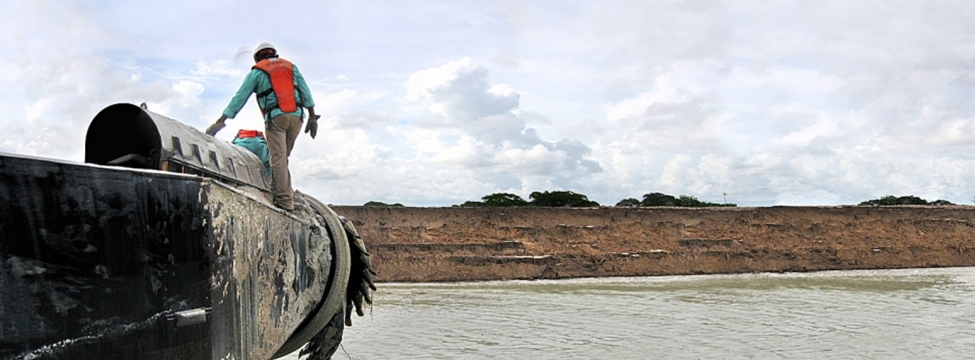To serve you better, our new website displays information specific to your location.
Please visit the site and bookmark it for future use.
Mine Water Liability: Evaluating the Risks and Potential Costs
Awareness of the effects of mining on water quality has existed for several centuries but the need for management measures and consideration of the associated costs to address potentially unacceptable water quality effects has increased in modern times. This has arisen from improved understanding of the toxicology of the chemical elements. In the late 20th century, the focus was on the common heavy metals that are released by acid weathering (i.e. acid rock drainage, ARD, containing metals such as iron, copper, zinc, etc.) and cyanide used for gold recovery. In the 21st century, many more parameters need to be considered including non-metals (e.g. selenium and sulphate), total dissolved solids and explosives residues (ammonia and nitrate). The list of regulated parameters continues to increase as mining expands into extraction of newer commodities (e.g. rare earth elements).
The sources of the need to manage water quality at mine sites can be grouped into two general categories: parameters that are introduced as chemicals used for blasting and processing; and parameters that result from weathering and leaching of minerals contained in mine wastes. The former often (though not always) present less of a challenge for assessing risk because they are readily quantifiable and controlled by handling practices. The latter are a source of larger uncertainty in management costs as the weathering processes occurring inside waste facilities are strongly site-specific and the leaching characteristics of elements are variable.
At one extreme, the potential for ARD is relatively easily predicted and approaches to management have been well-defined for several decades (e.g. subaqueous disposal of wastes, water treatment to increase pH and precipitate metals as hydroxides). However, some ions do not require acidic conditions to be mobilized at levels requiring management. These leaching effects are less predictable in terms of severity and duration. Source controls for these parameters are often similar to those used to control acid generation but water treatment technologies have less certainty of effectiveness and higher costs. For example, sulphate treatment may require use of membrane technologies which produce brine as a waste stream that may require additional processing before disposal (e.g. chemical precipitation, evaporation) incurring additional cost.
Understanding uncertainty in the performance of water quality management technologies is a critical consideration for most mining projects in terms of costs, corporate risk and regulatory acceptance.




